Why is Jupiter called a gas planet?

The inner planets (Mercury, Venus, Earth, Mars) are called terrestrial planets because they have thin atmospheres in comparison with their large rocky and icy solid interiors. In moving outward beyond Mars and the asteroid belt, we enter a region of
very different planetary composition. The next four planets are considered gas giants (Jupiter, Saturn, Uranus, Neptune).
The outer most layer of Jupiter is made up of gases. In fact this atmosphere is huge - a few thousand kilometers thick. This was the reason Jupiter was initially called a gas planet. At depths below this, pressures become so large, that the gases begi
n to change from gaseous form to liquid form. The liquid portion of Jupiter is actually the largest section of Jupiter (it is almost 4 times the size of the gaseous atmosphere!). For this reason, some scientists have begun to ca
ll Jupiter a "fluid planet" instead of a gas planet!
Submitted by Courtney (Oregon, USA)
(August 20,1997)
You might also be interested in:
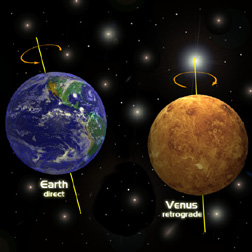
It depends on what kind of motion you are talking about. When seen from the north pole of the celestial sphere all planets orbit around the Sun in a counter-clockwise or direct path. Most planets also
...more
Almost everyone has a question or two about living in space. What do astronauts do in space? How do they do everyday things like eat, sleep and go to the bathroom? Well, this is our attempt to answer
...more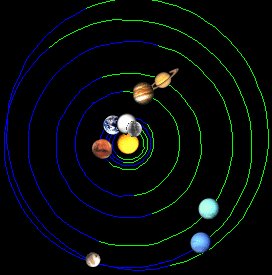
There is a really neat internet program called Solar System Live that shows the position of all of the planets and the Sun for any given day. If you go to that page, you'll see an image similar to the
...more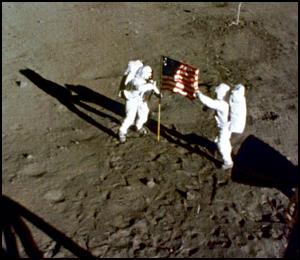
The picture of the American Flag (the one put there by the Apollo astronauts) is waving (or straight out) in the wind. How could that be possible if there is no atmosphere on the Moon? Was it some sort
...more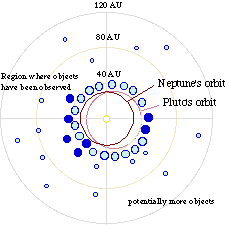
I was wondering if there is a new planet? Are there planets (a tenth planet?) after Pluto belonging to our solar system? What are the names of the new planets discovered in the solar system? Are there
...more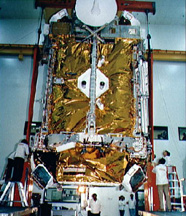
If that is so, the energy released during the Big Bang must have created many such black holes. Therefore most of the Energy of the Big bang must have disappeared in that form. Then how did the Universe
...more













